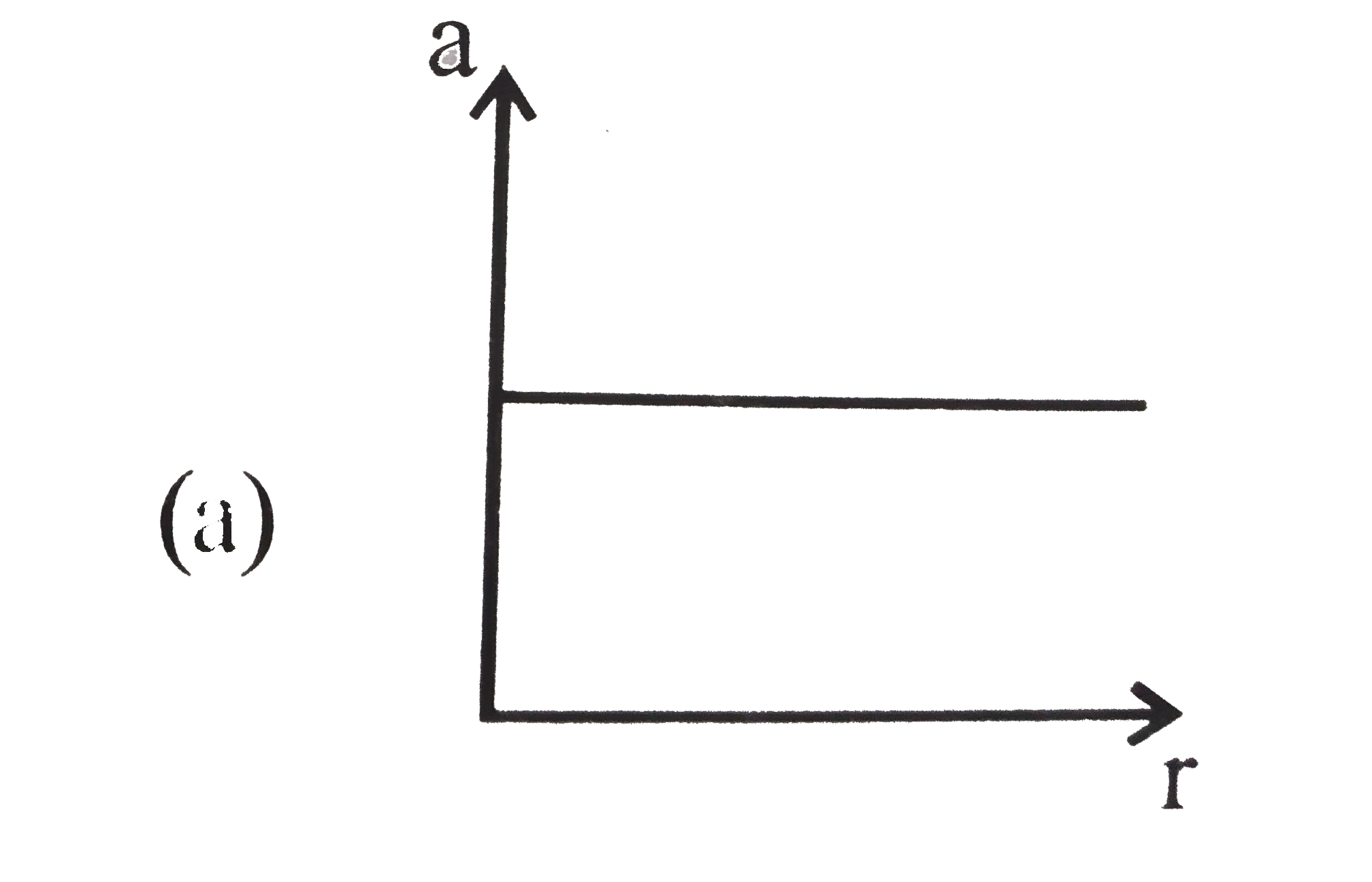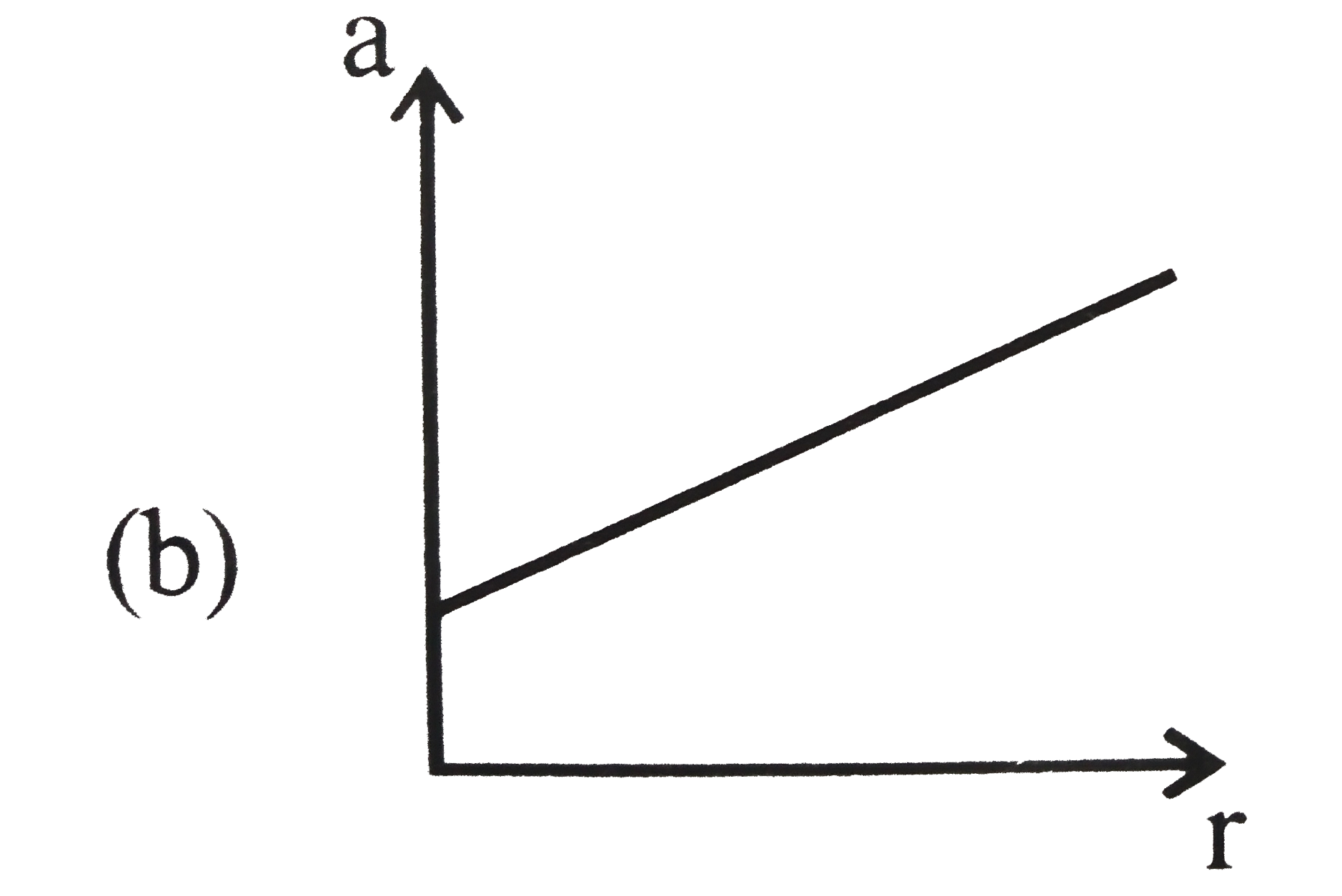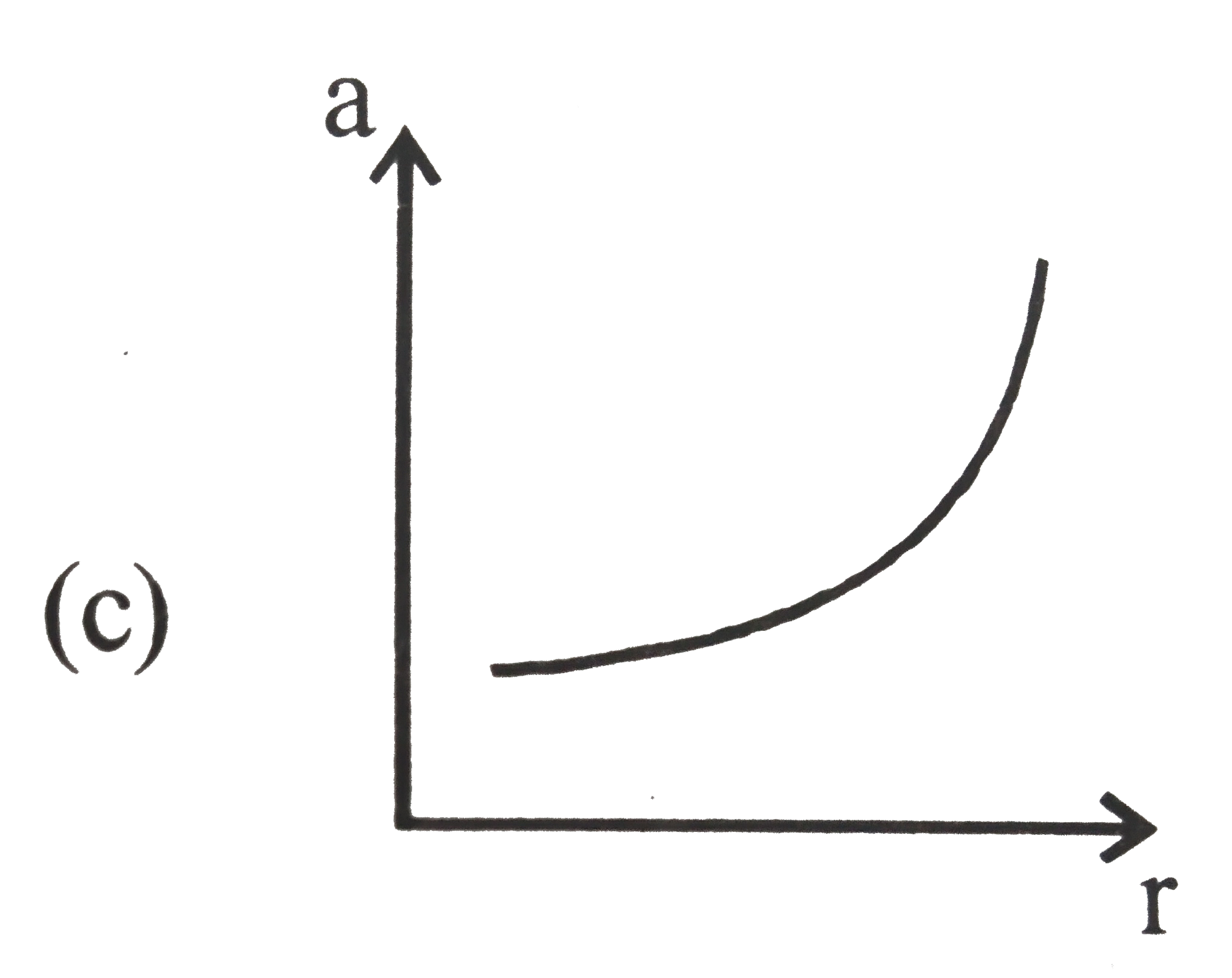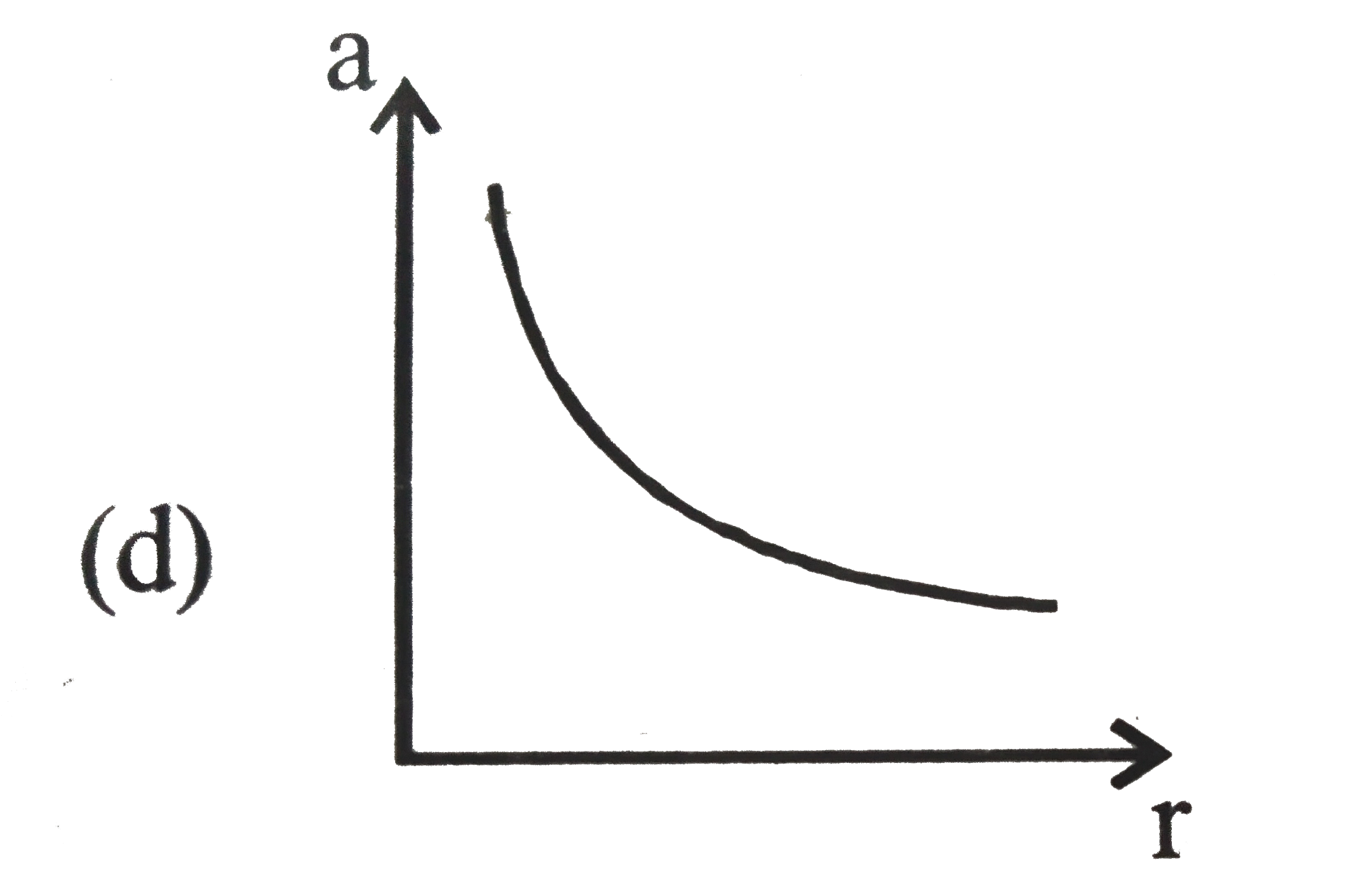A
B
C
D
Text Solution
AI Generated Solution
The correct Answer is:
|
Topper's Solved these Questions
Heat & Thermodynamics
NDA PREVIOUS YEARS|Exercise Physics|64 VideosView PlaylistMODERN PHYSICS
NDA PREVIOUS YEARS|Exercise MCQ|42 VideosView Playlist
Similar Questions
Explore conceptually related problems
Knowledge Check
Similar Questions
Explore conceptually related problems
NDA PREVIOUS YEARS-Mechanics-Physics
- Two bodies of masses m and 4m are moving with equal linear momenta. Th...
02:55
|
Play - A force vecF =(6hati-8hatj+10hatk)N produces acceleration of 1 ms ^(2)...
01:16
|
Play - A particle is moving in a circular path ofradius rat a constant speed ...
02:31
|
Playing Now - Two cars A and B have masses m(A) and m(B) respectively, with m(A) gt ...
05:36
|
Play - If the length of the Equator is about 40000 km and the velocity of rot...
03:19
|
Play - A bullet is fired vertically up from a 400 m tall tower with a speed 8...
09:17
|
Play - Three liquids of densities d, 2d , and 3d are mixed in equal volumes. ...
00:56
|
Play - A particle is moving with uniform acceleration along a straight line A...
05:01
|
Play - Statement I: A body weighs less on a hill top than on earth's surface ...
03:52
|
Play - If the radius of the earth were to shrink by 1% its mass remaining the...
04:03
|
Play - The displacement-time graph of a particle acted upon by a constant for...
02:01
|
Play - Which one of the following is not a result of surface tension?
02:04
|
Play - A person stands on his two feet over a surface and experiences a press...
02:22
|
Play - A deep sea diver may hurt bis ear drum during diving because of
01:18
|
Play - A brass'ball is tied to a thin wire and swung so as to move uniformly ...
01:29
|
Play - Which one of the following statements is not correct?
04:53
|
Play - The following figure represents the velocity-time graph of a moving ca...
01:45
|
Play - A man is sitting in a train which is moving with a velocity of 60 km/h...
01:25
|
Play - Conservation of momentum in a collision between particles can be under...
01:26
|
Play - Two forces, one of 3 newton and another of 4 newton are applied on a s...
02:06
|
Play



